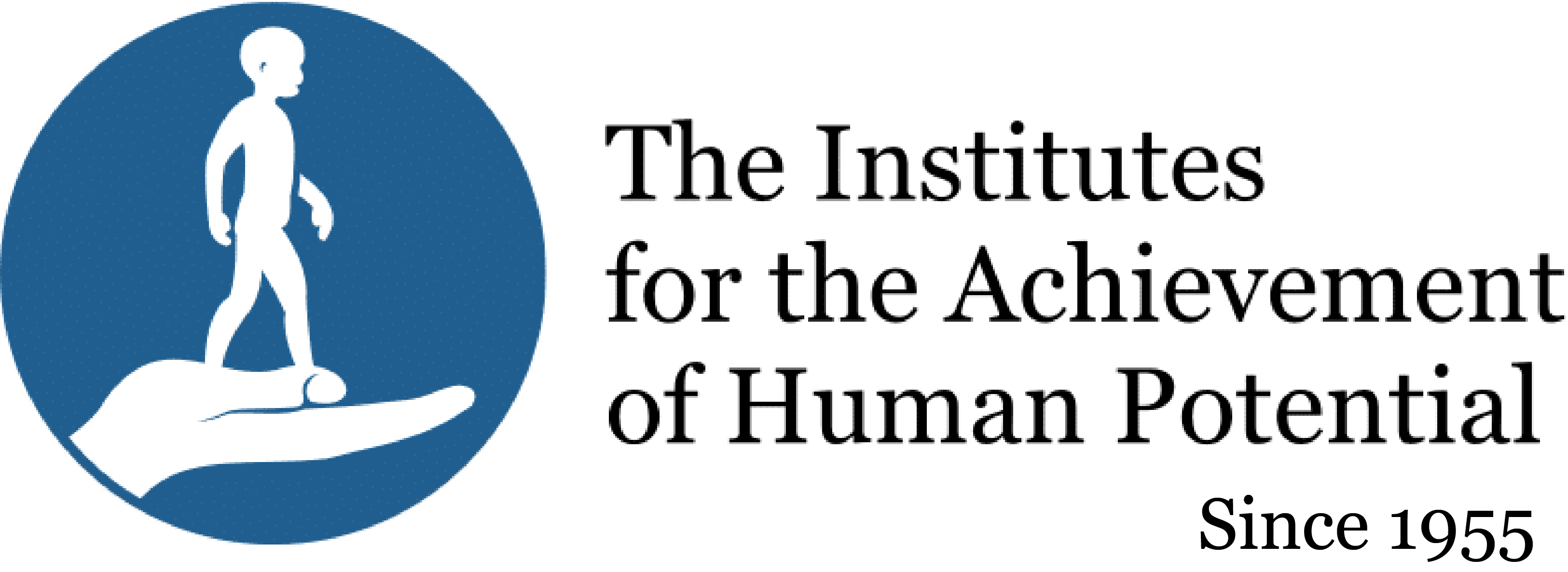
Understanding Brain Injury
“How do you get brain-injured, how is it possible? What happens after that instant of conception to hurt a good brain? There may be a thousand things but the penultimate thing, the next to last thing that happens, is not enough oxygen to the brain. Almost regardless of how the path begins which will end in a brain injury, the next to last thing that happens is not enough oxygen to the brain.”
Glenn Doman

 Donate
Donate





